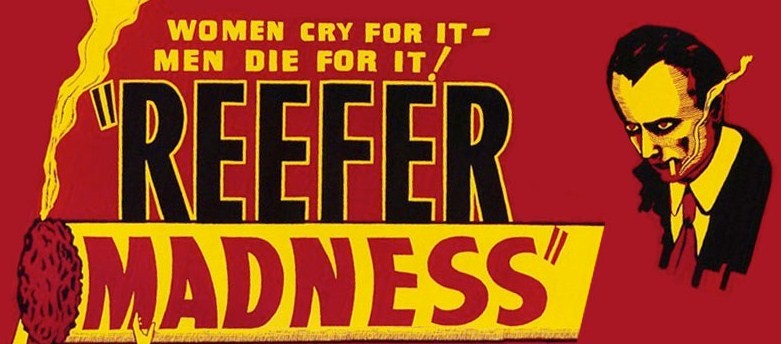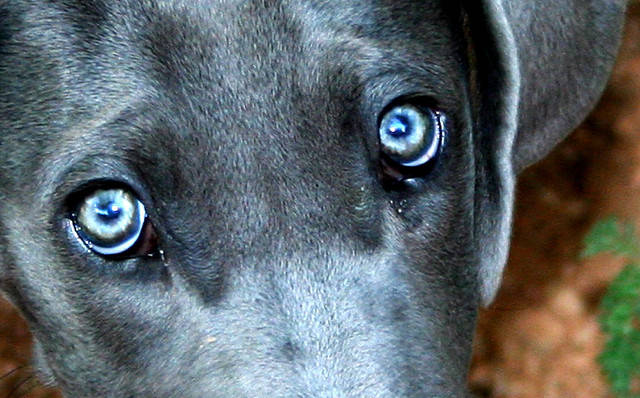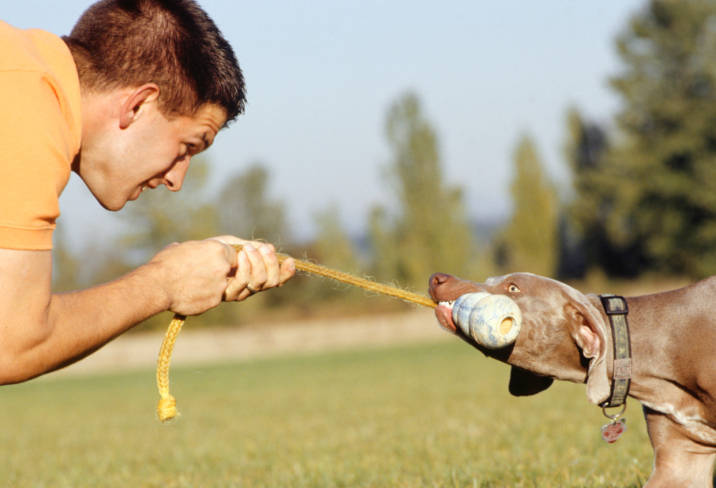Marijuana is a tool on par with a Swiss army knife. It can benefit humans medically, creatively and spiritually. Marijuana itself is not inherently detrimental.
Humans are responsible for the way tools are used and any tool can be used to harm oneself or another human. The science speaks for itself; it is time for humans to take responsibility for their own shortcomings and look for ways to further advance themselves.
“Smoking pot doesn’t make you a loser, being a loser makes you a loser.” – Joe Rogan
Marijuana Myth 1: Marijuana Causes Birth Defects
 A study of Jamaican women who had smoked pot throughout pregnancy found that their babies registered higher on developmental scores at the age of 30 days, while experiencing no significant effects on birth-weight or length.
A study of Jamaican women who had smoked pot throughout pregnancy found that their babies registered higher on developmental scores at the age of 30 days, while experiencing no significant effects on birth-weight or length.
While cannabis use is not recommended in pregnancy, it may be of medical value to some women in treating morning sickness or easing childbirth.
Marijuana Myth 2: Marijuana Causes Sterility and Lowers Testosterone
 Government experts concede that pot has no permanent effect on the male or female reproductive systems. A couple of lab studies indicated that very heavy marijuana smoking might lower sperm counts. However, surveys of chronic smokers have turned up no indication of infertility or other abnormalities.
Government experts concede that pot has no permanent effect on the male or female reproductive systems. A couple of lab studies indicated that very heavy marijuana smoking might lower sperm counts. However, surveys of chronic smokers have turned up no indication of infertility or other abnormalities.
One human study suggested that pot may mildly disrupt ovulation. It is possible that adolescents are peculiarly vulnerable to hormonal disruptions from pot. However, not a single case of impaired fertility has ever been observed in humans of either sex.
Marijuana Myth 3: Marijuana Causes Chromosome and Cell Damage
 Cannabinoids in themselves are neither mutagenic nor carcinogenic, though the tars produced by marijuana combustion are. Some laboratory studies have suggested that high dosages of THC might interfere with cell replication and produce abnormal numbers of chromosomes; however, there is no evidence of such damage in realistic situations.
Cannabinoids in themselves are neither mutagenic nor carcinogenic, though the tars produced by marijuana combustion are. Some laboratory studies have suggested that high dosages of THC might interfere with cell replication and produce abnormal numbers of chromosomes; however, there is no evidence of such damage in realistic situations.
Marijuana Myth 4: Marijuana Kills Brain Cells
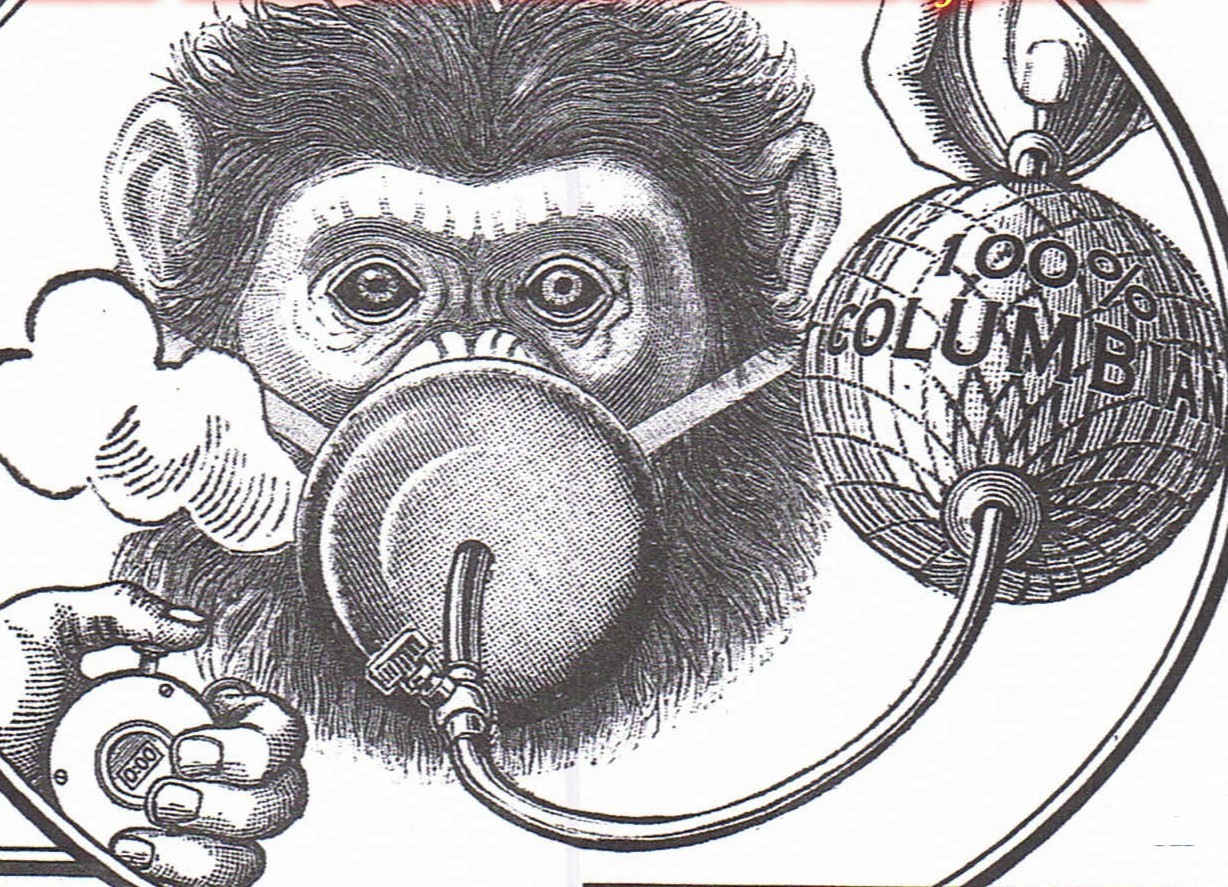 Government experts now admit that pot doesn’t kill brain cells. This myth came from a handful of animal experiments in which structural changes (not actual cell death, as is often alleged) were observed in brain cells of animals exposed to high doses of pot.
Government experts now admit that pot doesn’t kill brain cells. This myth came from a handful of animal experiments in which structural changes (not actual cell death, as is often alleged) were observed in brain cells of animals exposed to high doses of pot.
Human studies of heavy users in Jamaica and Costa Rica found no evidence of abnormalities in brain physiology.
Marijuana Myth 5: Marijuana Damages the Immune System
 The recent discovery of a cannabinoid receptor inside rat spleens, where immune cells reside, raises the likelihood that cannabinoids do exert some sort of influence on the immune system. It has even been suggested that these effects might be beneficial for patients with auto-immune diseases such as multiple sclerosis. Nevertheless, not a single case of marijuana-induced immune deficiency has ever been clinically or epidemiologically detected in humans.
The recent discovery of a cannabinoid receptor inside rat spleens, where immune cells reside, raises the likelihood that cannabinoids do exert some sort of influence on the immune system. It has even been suggested that these effects might be beneficial for patients with auto-immune diseases such as multiple sclerosis. Nevertheless, not a single case of marijuana-induced immune deficiency has ever been clinically or epidemiologically detected in humans.
There is no reason to think marijuana is dangerous to AIDS patients. On the contrary, many AIDS patients report that marijuana helps avert the deadly “wasting syndrome” by stimulating appetite and reducing nausea. Cannabinoids do not actually damage the T-cells, which are depleted in HIV patients: one study even found that marijuana exposure increased T-cell counts in subjects (not AIDS patients) whose T-cell counts had been low.
Marijuana Myth 6: Marijuana Prohibition Improves Public Safety
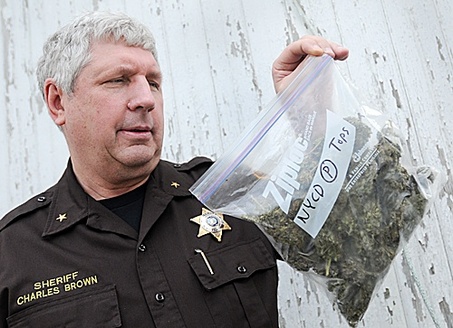 There is no evidence that the prohibition of marijuana reduces the net social risk of accidents. On the contrary, recent studies suggest that marijuana may actually be beneficial in that it substitutes for alcohol and other, more dangerous drugs.
There is no evidence that the prohibition of marijuana reduces the net social risk of accidents. On the contrary, recent studies suggest that marijuana may actually be beneficial in that it substitutes for alcohol and other, more dangerous drugs.
Research by Karyn Model found that states with marijuana decriminalization had lower overall drug abuse rates than others; another study by Frank Chaloupka found decriminalization states have lower accident rates too.
Marijuana Myth 7: Marijuana is a Dangerous Drug
 Any discussion of marijuana should begin with the fact that there have been numerous official reports and studies, every one of which has concluded that marijuana poses no great risk to society and should not be criminalized.
Any discussion of marijuana should begin with the fact that there have been numerous official reports and studies, every one of which has concluded that marijuana poses no great risk to society and should not be criminalized.
The current consensus is well stated in the 20th annual report of the California Research Advisory Panel (1990), which recommended that personal use and cultivation of marijuana be legalized: “An objective consideration of marijuana shows that it is responsible for less damage to society and the individual than are alcohol and cigarettes.”
Check out NORML’s Marijuana Health Mythology for more marijuana myths and all the studies that led to the debunking of these myths.

